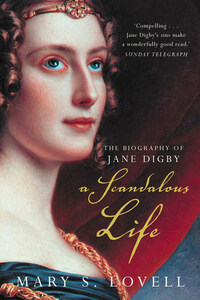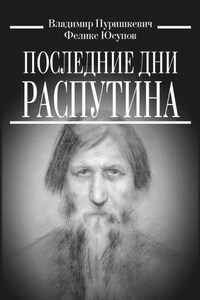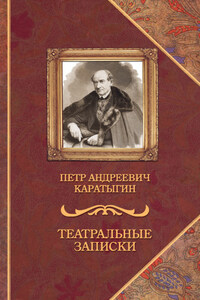Friends often ask me how I choose my subjects. The answer is that my subjects usually choose me, and so it was with Jane Digby.
This book began at a cocktail party at the RAF Club in London in the spring of 1992 when Jane Digbyâs name and her story came up in conversation. I had never heard of her, so I made a mental note to do some research and rapidly found myself in the early stages of an obsession that was to last several years. Who was Jane Digby, and why should she cast such an appeal?
Born into the English aristocracy with every conceivable advantage in physical beauty, social position and wealth, Jane spent the final years of her life married to a desert prince. The Palladian mansions and gilded Mayfair salons of her youth made way for low black goat-hair tents and rugs spread upon wind-washed sands. Even now, with jet travel and motorised transport, the Syrian desert is one of the few lonely places left on earth. What unlikely circumstance, I wondered, had led Jane Digby there a century and a half ago?
Barely out of the schoolroom, already regarded as one of the most beautiful women of her day, Jane had married an ambitious politician, Lord Ellenborough, who was twice her age. In achieving his desire for a Cabinet post, Ellenborough neglected his bride and she soon sought consolation elsewhere. Before she was twenty-one Janeâs love affair with an Austrian prince precipitated her into one of the most scandalous divorce cases of the nineteenth century. In April 1830, to the astonishment of its readers, The Times cleared its traditional front page of classified advertisements to carry a sensational news story â a verbatim report of the Ellenborough divorce hearing in Parliament which included intimate details about the beautiful peeress and her prince.
Jane did not dispute the charges. Head over heels in love, she had already run off to Europe. But her story did not end there. Subsequently, for over twenty years Jane was to have a number of love affairs with members of the European aristocracy including a German baron, a Greek count and the King of Bavaria, as well as an Albanian general from the mountains. During this time she also married twice and travelled from the royal courts of Europe to the wilder regions of Turkey and the Orient. After a succession of scandals and betrayals, she made a journey to Syria. By then she was almost fifty and feared her life was over. Astonishingly, the most exciting part of her story still lay ahead of her.
The Arab nobleman who had been engaged to escort her caravan to the ruined city of Palmyra fell in love with her. He was young enough to be her son, was of a different culture and already had a spouse; indeed, he had recently divorced a second wife but he asked Jane to marry him. Although she was doubtful at first, she was soon deeply in love and, ignoring the entreaties of British officials, placed herself willingly in the power of a man who could divorce his partners on a whim. Sheikh Medjuel el Mezrab was the love of her life, and he brought her all the romance and adventure she had ever dreamed of.
Inevitably, because of the years she spent in Arabia, Janeâs story invites comparisons with that of Lady Hester Stanhope, the niece and confidante of William Pitt who became the self-styled âQueen of the Desertâ a generation before Jane. But Hester Stanhope ended her life in Syria in abject poverty as an eccentric recluse, robbed, abused and eventually deserted by her Arab servants. Jane Digby lived as a respected, working leader of her adopted tribe, spending months at a time in the Baghdad desert, sharing the spare existence of the bedouin.








